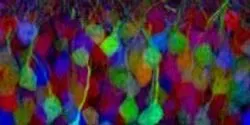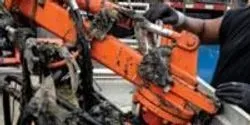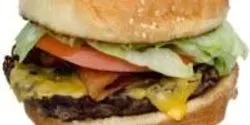News

One of the barriers to using graphene at a commercial scale could be overcome using a method demonstrated by researchers at the Department of Energy’s Oak Ridge National Laboratory.

Whether a close-up of a leafcutter ant, or a micrograph of the neurons derived from marmoset stem cells, or an MRI of the hidden pathways in the human brain, submissions to University of Wisconsin-Madison’s 2015 Cool Science Image Contest continue to put science and nature on eye-catching display.

Losses of managed honey bee colonies were 23.1 percent for the 2014-2015 winter but summer losses exceeded winter numbers for the first time, making annual losses for the year 42.1 percent, according to preliminary results of the annual survey conducted by the Bee Informed Partnership (http://beeinformed.org), the U.S. Department of Agriculture (USDA) and the Apiary Inspectors of America.

New technique developed at Brookhaven Lab makes self-assembly 1,000 times faster and could be used for industrial-scale solar panels and electronics.

Chewing, breathing, and other regular bodily functions that we undertake “without thinking” actually do require the involvement of our brain, but the question of how the brain programs such regular functions intrigues scientists. A team lead by Arlette Kolta, a professor at the University of Montreal's Faculty of Dentistry, has shown that astrocytes play a key role.

Scientists at the University of Manchester have made an important discovery about how certain cells stick to each other to form tissue.















